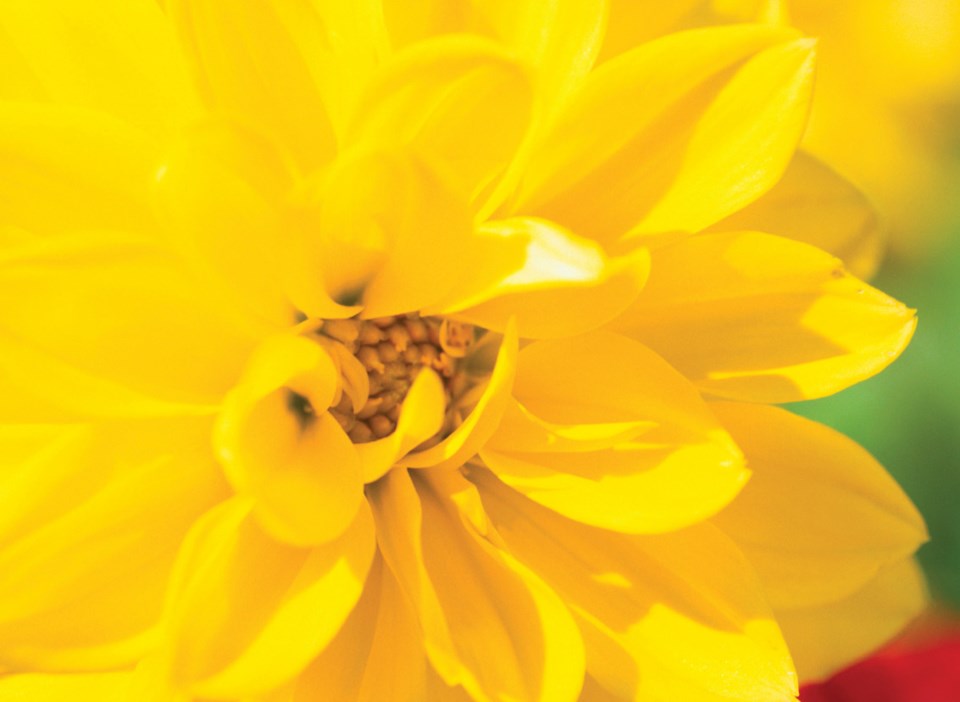Hydroponic gardening can change people’s perceptions of what’s needed to grow vibrant plants. Rather than soil, all you may need for a hydroponic garden is water to grow a variety of healthy, strong plants.
Although it seems like a futuristic concept, hydroponics — or growing plants without soil — actually dates back many centuries. The hanging Gardens of Babylon and The Floating Gardens of China are two of the earliest examples of hydroponics.
According to Fullbloom Hydroponics, hydroponic gardening is a method of growing plants in a water-based, nutrient-rich solution. Instead of soil, roots are supported by an inert material, such as pellets, perlite, or vermiculite. Some people use coconut fiber, sand or gravel as well. The key is that the substance not supply any additional nutrition to the plant. In some instances, the roots grow in water alone.
Hydroponics works so well because the person doing the gardening can directly control the nutrients, oxygen and light according to what the plant needs. A nutrition-based water delivery system delivers food to the roots in a highly soluble form, rather than the roots having to search through the soil and extract the same nutrients. Absorbing food with very little effort means the plant can divert its energy to growing and flower production.
This method of no-soil growth can be used just about anywhere. Although it has not yet edged out traditional farming methods, hydroponics is gaining popularity among entrepreneurs and hobbyists. An added attraction to hydroponics is its efficiency. The gardening resource Maximum Yield says hydroponics is ideal where traditional farming is not an option, such as in large cities where there is little to no access to agriculturally amenable land. Hydroponics can even be merged with vertical farming methods, helping to save space and increase output. Hydroponic gardens can be placed anywhere there is access to water and natural or simulated sunlight. Empty warehouses, rooftops, old shipping containers, and much more can be turned into hydroponic garden locations with minimal effort.
Scientists say that there can be drastic differences in growth rates and yield from hydroponic and soil plants. The group Greentrees Hydroponics says the growth rate for a hydroponic plant can be 30 to 50 percent faster than a soil plant grown under the same conditions. Environmentalists tout that hydroponic gardening is also beneficial to the environment because the plants require considerably less water than those produced with soil gardening and require fewer pesticides or other amendments to thrive.
Hobbyists looking to dabble in hydroponics can find many different hydroponic systems on the market today, in an array of prices and sizes. Wicking, ebb and flow, aeroponics, nutrient film, and deepwater culture are different hydroponic systems, each with their own advantages. Once gardeners get the knack of hydroponics, they may not want to turn back to traditional soil gardening again.




